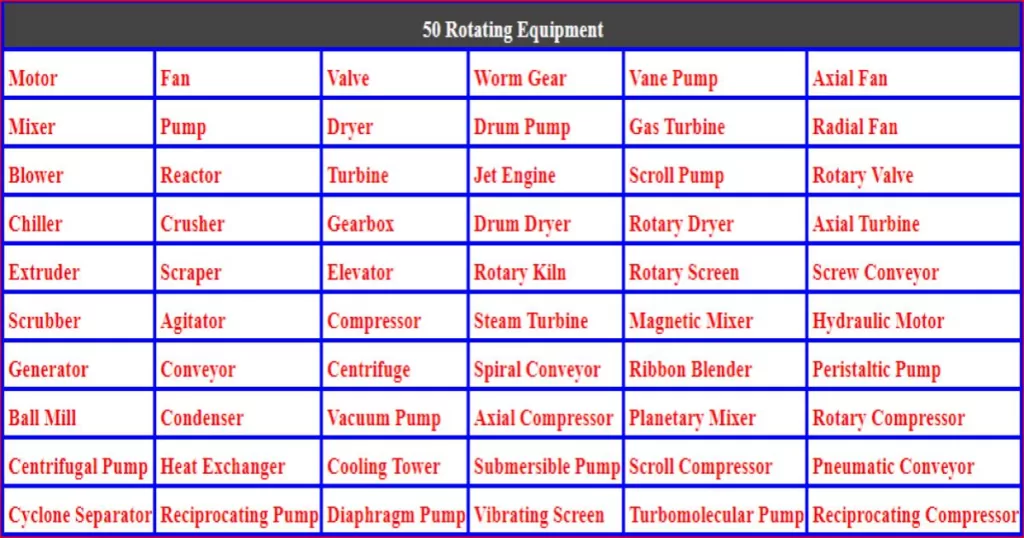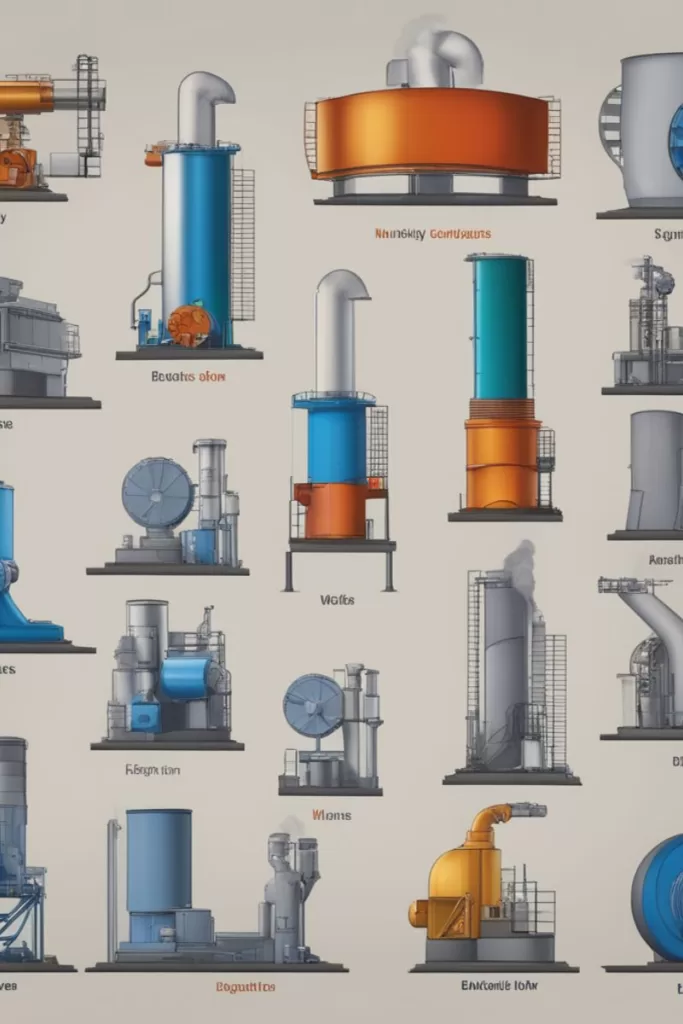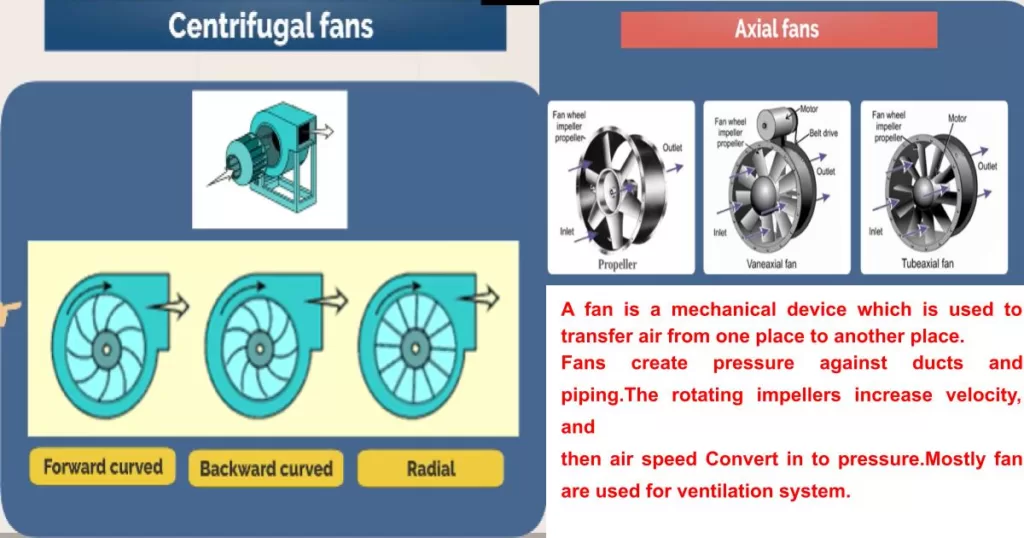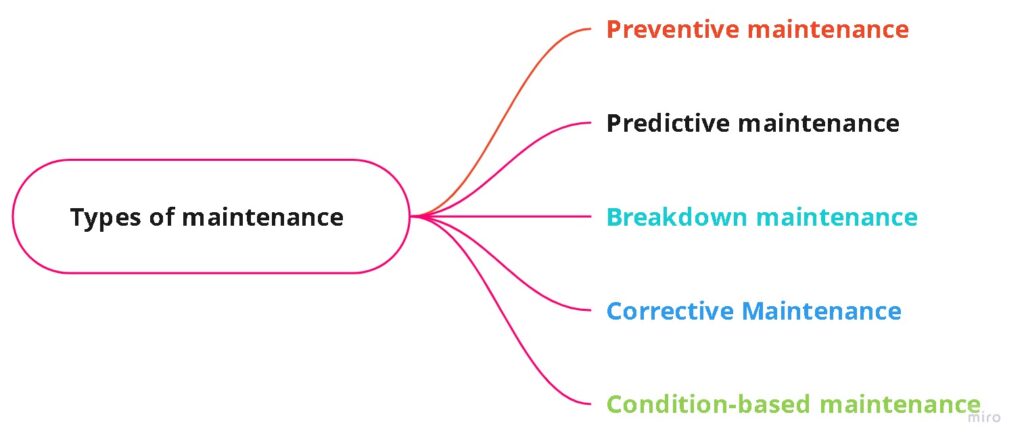Troubleshoot of centrifugal pump
When troubleshooting a centrifugal pump, it’s important to follow a systematic approach to identify and resolve the problem. Here’s a general troubleshooting guide for centrifugal pumps:
Start with Safety:
Ensure that the pump is turned off and disconnected from the power source before beginning any troubleshooting activities. Follow all appropriate safety procedures and guidelines.
Gather Information:
Collect as much information as possible about the pump and the issue at hand. This includes pump specifications, operating conditions, recent maintenance activities, and any changes or abnormalities observed.
Visual Inspection:
Perform a thorough visual inspection of the pump and its components. Look for signs of leaks, damage, loose connections, corrosion, or unusual wear. Check for proper alignment of the pump and motor.
Verify Power Supply:
Ensure that the pump is receiving the correct voltage and that the power supply is stable. Check for tripped circuit breakers or blown fuses. Test the power supply with a multimeter to ensure it is within the specified range.
Check for Prime:
If the pump is not priming or has lost prime, inspect the suction line for blockages or air leaks. Ensure that the pump is properly primed according to the manufacturer’s instructions.
Inspect Seals and Connections:
Examine the seals, gaskets, and connections for any signs of leakage. Tighten loose connections and replace damaged seals if necessary.
Examine Impeller:
Inspect the impeller for damage, wear, or blockages. Clean out any debris that may be obstructing the impeller or reducing its efficiency. Replace the impeller if it is damaged or worn beyond acceptable limits.
Check Bearings:
Inspect the pump bearings for wear, excessive play, or noise. Lubricate or replace the bearings as recommended by the manufacturer.
Measure Vibration Levels:
Use a vibration meter or sensor to measure the vibration levels of the pump. Excessive vibration can indicate misalignment, unbalanced impellers, or mechanical issues. Address any abnormal vibration readings.
Assess System Conditions:
Evaluate the system conditions, including pressure, flow rate, and temperature. Compare these values to the pump’s specifications and determine if they are within the acceptable range.
Consult Pump Curves:
Refer to the pump curves provided by the manufacturer and compare the actual operating conditions with the pump’s performance characteristics. Identify any discrepancies or deviations and take corrective action.
Consult Manufacturer’s Guidelines:
Review the manufacturer’s documentation, operating manuals, and troubleshooting guides specific to your pump model. Follow their recommended troubleshooting steps and solutions.
Seek Professional Assistance:
If you are unable to resolve the issue or if it involves complex mechanical or electrical problems, consult a qualified pump technician or engineer for further diagnosis and assistance.
There are many types of problems that happen with a centrifugal pump that is mentioned below.
Centrifugal pump problems
Certainly! Here’s a concise list of common centrifugal pump problems:
-
- Insufficient or no flow
- Excessive vibration
- Cavitation
- Leakage at seals or connections
- Excessive power consumption
- Overheating
- Pump not priming
- Bearing failure
- Impeller damage or wear
- Motor or coupling issues
- Excessive noise
- Shaft misalignment
- Impeller imbalance
- Corrosion or erosion of pump components
- Motor overload or tripping
Insufficient or no flow:
-
- Check for blockages or clogs in the suction line.
- Ensure the pump is properly primed.
- Verify that the impeller is not damaged or blocked.
Excessive vibration:
-
- Check for proper pump alignment.
- Verify that the pump is securely mounted.
- Inspect the impeller for balance issues or damage.
- Ensure the motor and pump coupling are properly aligned.
Cavitation:
-
- Verify that the Net Positive Suction Head (NPSH) is sufficient.
- Check for obstructions or restrictions in the suction line.
- Evaluate the impeller design and size for the specific application.
Leakage at seals or connections:
-
- Tighten loose connections.
- Replace damaged or worn seals.
- Verify that gaskets are properly installed.
Excessive power consumption:
-
- Check for system restrictions or blockages in the discharge line.
- Evaluate the impeller condition for wear or damage.
- Verify that the motor is operating efficiently.
Overheating:
-
- Check for insufficient cooling or lubrication.
- Verify that the motor is the correct size and properly cooled.
- Inspect for excessive friction or mechanical issues.
Pump not priming:
-
- Ensure the suction line is free from air leaks.
- Check for blockages or restrictions in the suction line.
- Evaluate the priming system and make necessary adjustments.
Bearing failure:
-
- Check for proper lubrication.
- Inspect for alignment issues.
- Replace worn or damaged bearings.
Impeller damage or wear:
-
- Evaluate the impeller for signs of damage or erosion.
- Replace the impeller if necessary.
- Verify that the impeller size and design are suitable for the application.
Motor or coupling issues:
-
- Check for loose or damaged motor or coupling connections.
- Verify proper alignment between the motor and pump.
- Evaluate the motor performance and electrical connections.
Excessive noise:
-
- Inspect for loose or vibrating components.
- Evaluate the system for cavitation or flow issues.
- Consider adding noise reduction measures such as insulation or silencers.
Shaft misalignment:
-
- Check the alignment of the pump shaft and motor shaft.
- Use alignment tools and techniques to correct any misalignment.
Impeller imbalance:
-
- Perform dynamic balancing of the impeller.
- Replace or repair the impeller if it cannot be balanced properly.
Corrosion or erosion of pump components:
-
- Evaluate the fluid being pumped and its corrosive properties.
- Select materials for the pump components that are resistant to corrosion.
- Implement appropriate protective coatings or linings if necessary.
Motor overload or tripping:
-
- Verify that the motor is the correct size and rating for the pump.
- Check for excessive system load or blockages.
- Inspect the electrical connections and wiring for any issues.
Remember, these troubleshooting steps are general guidelines, and it’s important to refer to the pump manufacturer’s documentation and consult with a qualified professional or pump technician for specific troubleshooting advice and solutions.

Troubleshooting of pump
High noise in pump casing and line
If you are experiencing high noise levels in the pump casing and the piping system, here are some additional steps you can take to address the issue:
Check for cavitation:
Cavitation occurs when there are low-pressure zones in the pump due to the formation and collapse of vapor bubbles. This can lead to excessive noise. Ensure that the pump is operating within its design limits and that there are no obstructions or restrictions in the suction line. If cavitation is suspected, consult the pump manufacturer for guidance on how to address it.
Install noise-reducing components:
Consider installing noise-reducing components such as silencers or mufflers in the pump casing and along the piping system. These devices are designed to dampen the sound waves and reduce noise propagation. Choose the appropriate type and size of silencer based on the specific noise characteristics of your pump.
Insulate the piping:
Apply insulation materials to the piping system to reduce noise transmission. Use materials such as foam or rubber pipe insulation, which can help absorb sound waves and minimize noise propagation along the pipes. Make sure to insulate both the suction and discharge lines.
Use flexible connectors:
Install flexible connectors, such as rubber or neoprene expansion joints, in the piping system near the pump. These connectors help absorb vibrations and reduce noise transmission by providing flexibility and isolating the pump from the piping network.
Check for loose components:
Inspect the pump casing and the piping system for any loose components, fittings, or fasteners. Vibrations caused by loose parts can contribute to increased noise levels. Tighten any loose connections and ensure that all components are securely fastened.
Consider acoustic treatments:
If the noise issue persists, you may need to consider applying additional acoustic treatments to the pump casing and the surrounding area. Acoustic panels or blankets designed for noise reduction can be installed on the walls or surfaces near the pump to absorb sound waves and reduce noise levels.
Seek professional advice:
If the noise problem remains significant or if you are dealing with a complex industrial pump system, it is advisable to consult with a professional engineer or acoustics specialist. They can conduct a detailed analysis of the system, identify the sources of noise, and provide tailored solutions to mitigate the problem effectively.
Prevent the noise of the pump
To prevent or reduce the noise generated by a pump, you can take several measures:
Check the pump’s installation:
Ensure that the pump is properly installed and securely mounted. Loose or unstable installations can contribute to vibrations and noise. Verify that the pump’s base or mounting surface is solid and capable of absorbing vibrations.
Insulate the pump:
Apply soundproofing materials around the pump to reduce noise transmission. Use materials such as rubber or neoprene pads between the pump and its mounting surface to dampen vibrations. Additionally, consider enclosing the pump in a soundproofing box or cabinet to further reduce noise.
Check the pump’s alignment:
Misalignment of the pump and motor can cause excessive noise and vibrations. Make sure the pump and motor are properly aligned according to the manufacturer’s specifications. Improper alignment can be corrected by a qualified technician or maintenance personnel.
Install anti-vibration mounts:
Anti-vibration mounts or dampers can effectively isolate the pump from its surroundings, minimizing vibrations and noise propagation. These mounts absorb and dissipate vibrations before they transfer to the surrounding structure. Choose mounts specifically designed for the weight and size of your pump.
Maintain and lubricate the pump:
Regular maintenance and lubrication can help keep the pump running smoothly and reduce noise caused by friction or mechanical issues. Follow the manufacturer’s guidelines for maintenance procedures and lubricant recommendations.
Consider acoustic enclosures:
If the pump noise remains a problem despite other measures, you can install an acoustic enclosure around the pump. These enclosures are designed to absorb and block noise, providing a dedicated space for the pump while minimizing its impact on the surrounding environment.
Use flexible piping:
Rigid piping can transmit vibrations and noise. Consider replacing rigid piping with flexible hoses or using expansion joints to absorb vibrations and reduce noise transmission.
Soundproof the surroundings:
If the pump noise is still an issue, consider soundproofing the surrounding area. Install sound-absorbing panels on walls, ceilings, or floors to minimize noise reflection and transmission.




